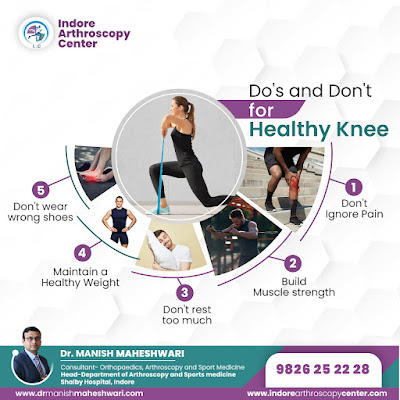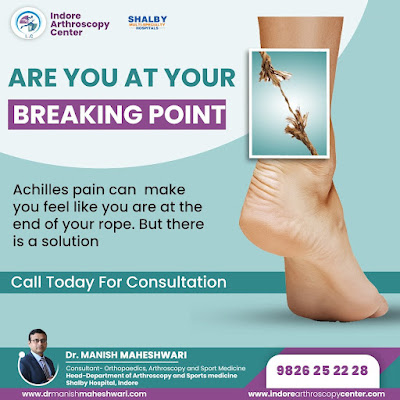What Should I Do if I Have a Broken Bone?

Broken bone is a very common condition people face in their day to day life either they got broken bone by some accident or even broken bone can happen by hitting from some object. The three most common signs of broken bone are pain (at site of broken bone) swelling (around the site of broken bone) and deformity. However in some cases it is difficult to tell whether the bone is broken or not there are some common signs of broken bone like if you have broken bone you will hear a cramp noise of bone being broken, another sign is broken bone always followed by swelling, bruising and tenderness nature or you may feel pain in putting weight at the injury site or pain while touching or pressing it. You may also feel faint, dizzy while having a broken bone is a result of shock of breaking bone. If the break is small these symptoms will be less and pain will be less so it’s difficult to identify and diagnose breaking bone but long term pain at a particular site while movement or weight bearin


